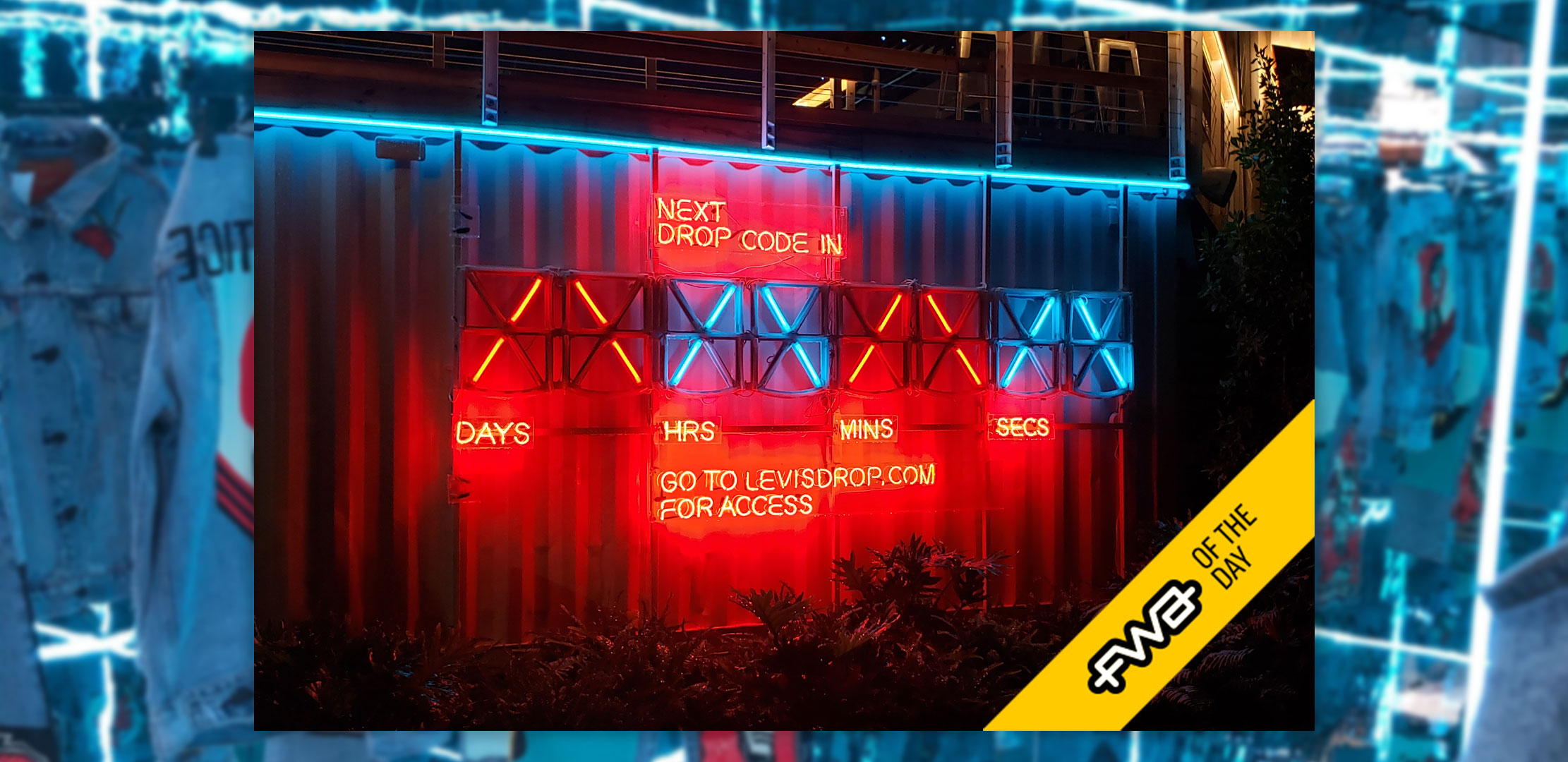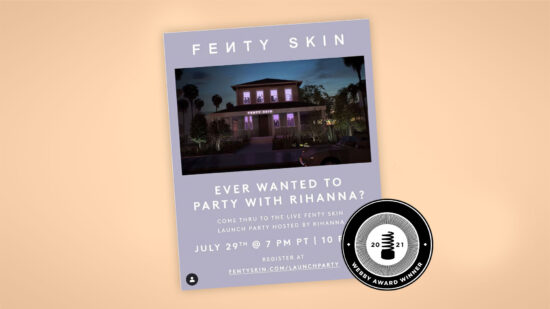This was one of the largest projects I’ve ever worked on. As part of the Art Basel’s 2019 edition, Levi’s built a city-block sized installation; a compound comprised of more than 10 shipping containers.
We were happily involved in so many iterations of this project. I have so much pride in what we were able to achieve with this project. All told, it was about 2 or 3 months of full-time work, which included us living in Miami for a month. I gave my all to this project, and I feel like it really turned out amazingly.

Building tools to help art, creative and production designers translate their visions into reality has often been a goal of mine. For this project, we built a system that uses a video file to control 1600 LEDs — 25m — in real time at about 30fps. That meant that designers could describe their ideas visually in a video file and control the interior without any need for developer intervention. This created an amazing experience!
My favourite experience of this project was something not many visitors could share. Because the mirrored interior was acrylic, we had to be extra careful to not crack or scratch the delicate material. Sadly, this meant that visitors could only appreciate the experience by looking into the room — as was always the plan. Only a handful of us working on the project were able to delicately walk inside and experience the extraordinary sensations of standing in the infinity room.

Our shipping container was dedicated to limited edition “drops”. Artists such as Shepherd Fairey, Futura and others contributed custom drops of Levi’s jeans and other merchandise. To “win” a drop, we built an outdoor display system and the interior pickup system.
The outdoor display system communicated with an API and would display a countdown to the drop. When the countdown reached 0, a special symbol would be displayed and visitors would enter the symbol in a partner mobile app to win the drop. We created the light system using special architectural-grade neon flex LEDs, controlled a variety of neon lights and wrote all the software to communicate with the supplied API.
The pickup system was an infinity room with a QR code scanner and a custom conveyance system. To pickup your drop, you would scan a QR code. The code would then be checked against an API and trigger light animations and the drop conveyor to deliver your purchase.
As always, almost all of our tooling was built using web technologies, including various node applications. The main light controller was build using a heavily modified version of OctoWS2811 Controller and Processing.


